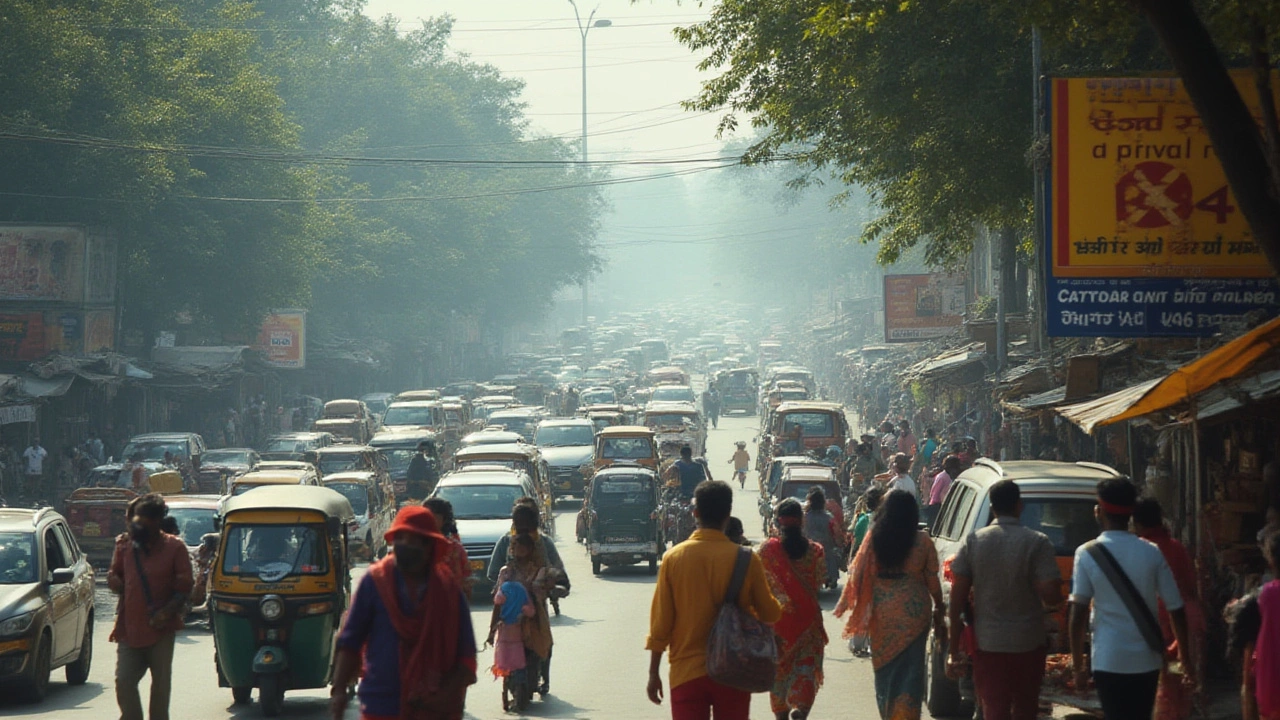BS6 Norms: Simple Guide for Manufacturers and Car Owners
India switched to BS6 (Bharat Stage 6) standards in 2020 to cut pollution from road transport. If you own a car, run a workshop, or produce auto parts, you’ll feel the impact. This guide breaks down the rules, the reasons behind them, and what you should do right now to stay on track.
Why BS6 matters for India
BS6 is the Indian version of the Euro 6 standard. It narrows the amount of harmful gases a vehicle can release, especially nitrogen oxides (NOx) and particulate matter (PM). Those gases cause smog, respiratory problems, and long‑term health costs. By tightening limits, the government hopes to improve air quality in megacities like Delhi and Mumbai.
Beyond health, BS6 opens doors for modern tech. Engines now need cleaner fuel, better combustion controls, and advanced after‑treatment systems such as selective catalytic reduction (SCR) and diesel particulate filters (DPF). That pushes manufacturers toward higher efficiency and lower operating costs over the vehicle’s life.
Key changes you must adapt to
1. Fuel quality upgrade – BS6 vehicles require fuel with a sulfur content of 10 ppm, down from 50 ppm under BS4. If you run a fuel station, you’ll need to install desulfurization units or source certified fuel. For owners, using the right fuel keeps the engine clean and avoids warranty issues.
2. Engine and exhaust tech – New engines use electronic control units (ECUs) that monitor emissions in real time. Workshops must invest in diagnostic tools that can read BS6‑specific codes. Without them, you can’t pinpoint faults or prove compliance during inspections.
3. Certification and testing – Every new vehicle model must pass a type‑approval test at a certified lab. Existing models that are retrofitted with BS6 components also need approval. This means extra paperwork and testing fees, but it ensures the vehicle truly meets the limits.
4. After‑market parts – Selling or installing non‑BS6 parts in a BS6 vehicle is illegal. That includes older catalytic converters, fuel injectors, and exhaust systems. Dealers should stock only BS6‑approved components and label them clearly.
5. Timeline for older fleets – While BS6 is mandatory for new sales, older BS4 vehicles can still run on the road. However, many cities are planning low‑emission zones that restrict older engines. Planning an upgrade or replacement sooner can save you from future bans.
For manufacturers, the bottom line is clear: redesign your products to meet the lower emission caps, upgrade your supply chain for low‑sulfur fuel, and train your staff on the new diagnostic tools. For car owners, switch to the right fuel, keep up with service intervals, and avoid cheap aftermarket parts that can break the rules.
Staying ahead of BS6 isn’t just about avoiding fines. Cleaner engines mean better fuel economy, lower running costs, and a healthier environment for everyone. If you’re unsure where to start, reach out to a certified service center or a consultant who specializes in BS6 compliance. Small steps now will keep your vehicle or factory running smoothly for years to come.

Why India Banned BS4 Diesel and Petrol Engines: The Shift to BS6 Standards
Discover which engines are banned in India, why the BS4 diesel and petrol engines got the boot, the impact on vehicles, and what the BS6 standards actually mean for drivers and businesses.
